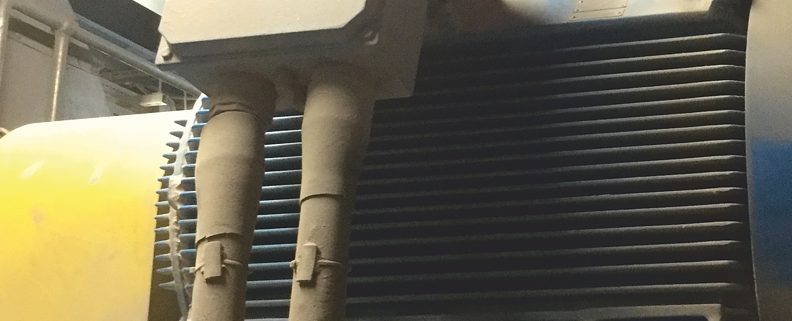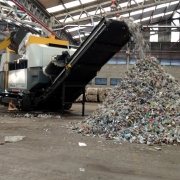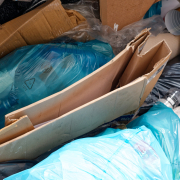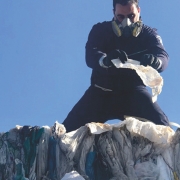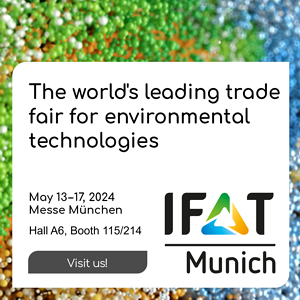More Energy from Waste
Significant energy savings made at Allington waste-to-energy plant were helping the waste management company FCC Environment (UK) Limited to achieve BS 50001 certification.
FCC Environment’s Allington Quarry site near Maidstone (Kent, UK) has been operational as an Energy-from-Waste (EfW) integrated waste management facility since 2008. Under FCC subsidiary Kent Enviropower it takes general waste otherwise destined for landfill and burns it to create steam to generate useful electricity for nearby homes and businesses.
FCC was looking for ways of making energy savings and carbon reductions as part of this EfW process and was also working towards the ISO 50001 energy management standard. The company asked German-based technology provider Siemens to do a retrofit upgrade on one of the site’s three furnaces. At Allington, waste is incinerated at temperatures of over 850 °C in a controlled combustion process of a fluidized bed, from which the hot gases are passed through a boiler to create steam which can be used to generate electricity within a district heating system (combined heat and power). Gases created during combustion are treated before being filtered and are continually monitored and recorded to ensure they stay within emission limits set within an environmental permit. Metal recovered from the bottom ash during combustion is recycled and the remaining ash can be used as a substitute aggregate.
Fan adjustments to optimize energy use
At the Allington site is a secondary air fan on each of the three furnace lines, helping to push additional air into the furnace which supports a better burn of the different types of waste being incinerated; this also reduces potential emissions. Siemens focused on the secondary air fan area of line 2, which had a fixed speed drive with damper. The damper was being modulated (open and closed), depending on the waste being burnt.
This secondary air fan was linked to a new Siemens variable speed drive (VSD) and modified the existing AC induction motor. It was controlled via the existing DCS and operating process to provide a reference signal to raise or lower the air flow needed to produce a clean burn, subject to the waste being combusted. By doing this, just enough air to the furnace could be managed, making the application more efficient, considerably cutting wasted energy, and at the same time achieving as well as supporting the emission levels needed for this waste-to-energy power plant. As reported, since installation and commissioning of the line, the required KWs have reduced substantially, currently saving FCC Environment in excess of 48,000 British Pounds per year and reducing operating CO2 value by 645 tons.
The energy savings made at Allington through these process improvements have also helped FCC to achieve the ISO 50001 international energy management standard, cutting energy consumption, reducing carbon emissions and meeting government reduction targets.
Siemens was also able to help FCC Environment on one of its other sites to improve its emission abatement technology in line with environmental requirements. At Nottingham Siemens’ laser gas analyser technology was installed to measure emissions during the burn process, enabling FCC to take pre-emptive actions on gas cleaning procedures by introducing abatement or neutralizing media.
Photo: Siemens
GR 32017

